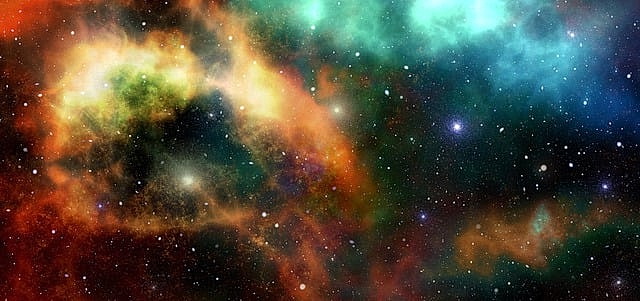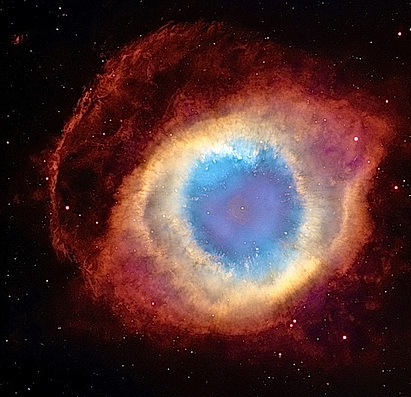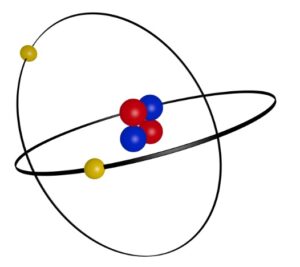The Nurseries of Life

Take a telescope, any telescope, or even binoculars and on a clear day you can see some of the most colorful and beautiful objects in space. These objects are nebulas. The birthplace of stars. It is where it all begins.
Planting the Seeds
When we say seeds, what do we mean exactly? Well, these seeds are actually vast clouds of gas and dust that are floating in space. They come from stars that have previously exploded and left their remnants to roam the universe around like lost soles.
Think of dropping seeds into a pond and watching them float around in the water. Some will collide and some will be pulled away from the other seeds but if that is all there is, we would have these particles floating around arbitrarily for infinity.
Fortunately, there is more than just this particle chaos. A force is involved that will put all these disorganized fragments to converge into something meaningful.

What is This Force that Pulls the Particals Together?
The easy answer – gravity. Yes, gravity pulls these particles together. So let’s imagine the nebula as a giant, fluffy cloud in space. Deep inside this cloud, there are regions where the gas and dust are getting squished together. The pressure and temperature rise in these squeezed spots, and eventually, a new star is born from the material in that region.
So, in a way, a nebula is like the starting point for a star’s life. It’s where the ingredients for making a star come together, and as they collapse under their gravity, a bright new star is born, lighting up the cosmic neighborhood.
The Helix Nebula above, which some call “The Eye of God” or “Eye in the Sky” because it resembles a cosmic eye, is located 700 light-years away from Earth. A mere speck of a distance when speaking about the vastness of the universe and is 2.5 light-years in diameter.
The nebula was formed because of the death of a star similar to our Sun. As the star depleted its nuclear fuel, it expanded into a red giant, shedding its outer layers into space.
To learn more about the different types of nebulas there are in space, Wikipedia gives a complete list of these fascinating and beautiful clouds of life-forming stars.
The Birth of a Star
This phenomenon is the result of gravity pulling gas and dust together. It is a process that is multiplied millions of times within the nebula and the beautiful objects that are forming are the fetal stages of stars being created.
Specifically, the gas is a combination of hydrogen and helium which clump together to form larger masses and since gravity gets stronger as the mass of the object gets bigger, additional matter is attracted to the object, which eventually becomes massive enough to form a star. In other words, it is the gravitational force of an object that is directly proportional to the object’s mass.
Nebula’s Molecular Breakdown

Unbeknownst to many, most of the universe is not a complete void. There is much (loose) matter floating around between the stars. And this matter is not visible to the naked eye, as it is in its atomic form; such as the atoms of hydrogen and helium, as well as plasma and other materials. This sub-atomic matter is called the interstellar medium (ISM). More specifically, the interstellar medium is composed primarily of hydrogen, followed by helium with trace amounts of carbon, oxygen, and nitrogen.
In areas of the ISM where the atomic particles are densely populated, the formation of molecules begins most commonly hydrogen (H2). The more the molecular masses clump together, the greater their gravitational attraction will be to other bodies and particles in their vicinity. As the particles clump further to form larger and more massive structures, they attract more dust and gas.
The Nuclear Element
Enter nuclear fusion, since the gravitational pressure becomes so high that the fusion of hydrogen atoms occurs. This results in the emission of high-energy electromagnetic radiation, which in turn ionizes the outer layers of gas. Ionization is the process by which an atom or a molecule acquires a negative or positive charge by gaining or losing electrons to form ions.
Ionized gas is known as plasma, and plasma along with electromagnetic radiation is now added to this mixture. This then materializes into the early stages of star formation.
Hence, the formation of stars occurs exclusively within these molecular clouds. This is a natural result of their low temperatures and high densities because the gravitational force acting to collapse the cloud must surpass the forces that are working to push the particles outward and the molecular cloud is now a nebula.
